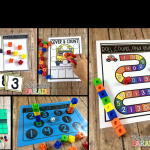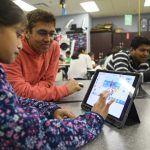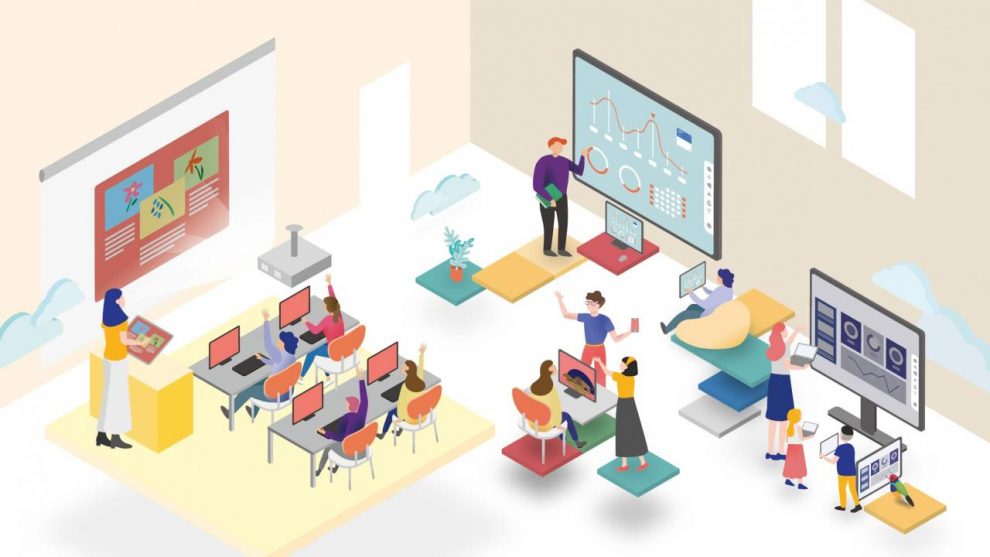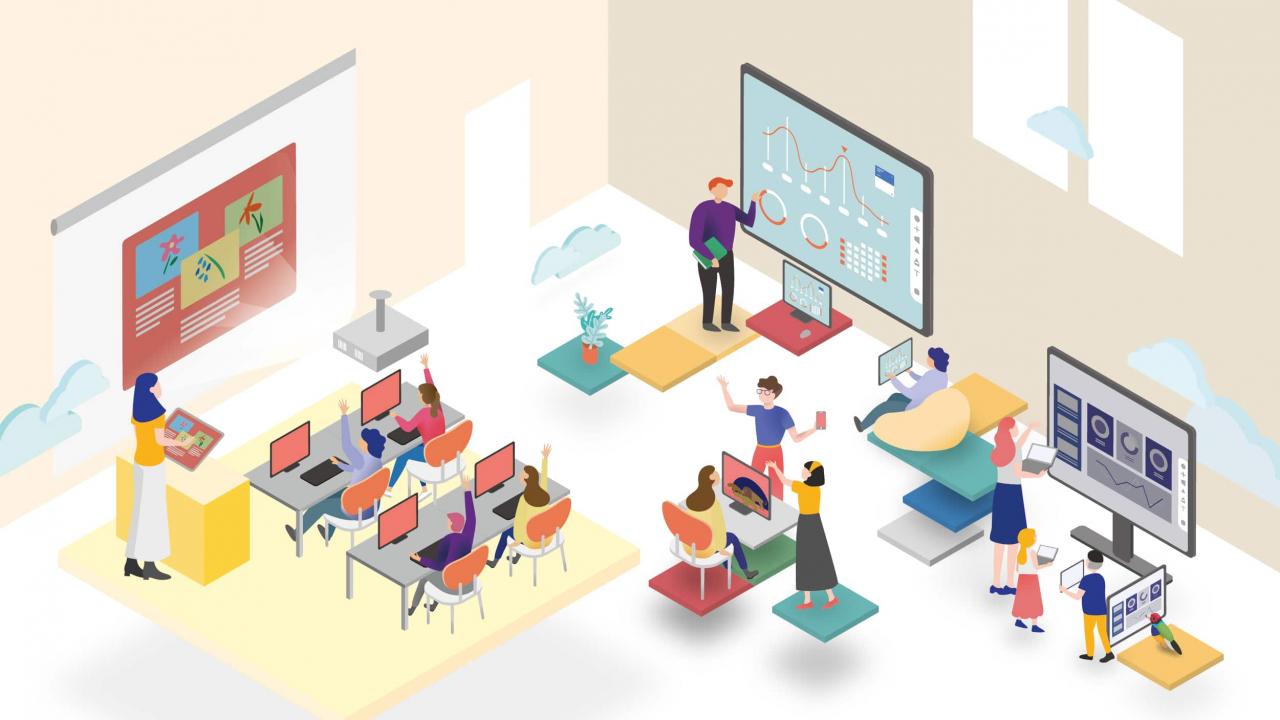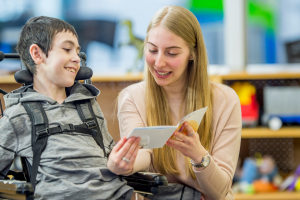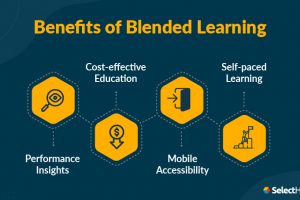In an age where technology permeates every aspect of our lives, it should come as no surprise that it has also found its way into our classrooms. The integration of technology in modern education is not just a trend; it’s a transformative force that is reshaping the way students learn and teachers instruct. In this comprehensive exploration of “The Role of Technology in Modern Classrooms,” we will delve into the impact of technology on education, its benefits, challenges, and real-world examples that highlight its significance.
The Digital Classroom Revolution
Bridging the Generation Gap
One of the most striking aspects of technology’s role in education is how it has bridged the generation gap. Students today are often referred to as “digital natives” because they have grown up with technology, while many educators are considered “digital immigrants” who had to adapt to this new digital landscape. This divide has led to a dynamic exchange of knowledge and skills between generations.
Interactive Learning Platforms: A Game-Changer
Interactive learning platforms, like Google Classroom and Edmodo, have become staples in today’s classrooms. These platforms allow teachers to share resources, assign and grade assignments, and engage with students in real-time. Driven by cloud technology, they have made collaboration and communication easier than ever.
Digital Whiteboards: A Window to the World
The traditional chalkboard has evolved into an interactive digital whiteboard. These boards not only display lesson content but also enable teachers to integrate multimedia elements, such as videos and interactive simulations, into their teaching. They bring the world into the classroom, making lessons more engaging.
Personalized Learning
Technology has paved the way for personalized learning experiences, where each student’s unique needs and abilities are taken into account. This shift from one-size-fits-all education has been particularly transformative.
Adaptive Learning Software: Tailoring Education
Adaptive learning software, such as Khan Academy and DreamBox, uses data analytics and artificial intelligence to assess students’ strengths and weaknesses. It then adjusts the curriculum to meet each student’s specific needs, ensuring that no one is left behind or held back.
Virtual Labs: Learning by Doing
In subjects like science, technology, engineering, and mathematics (STEM), virtual labs offer students the opportunity to conduct experiments in a safe, controlled digital environment. These labs not only reduce costs but also allow students to learn through hands-on experience.
The Benefits of Tech-Infused Learning
Enhanced Engagement
One of the most evident advantages of technology in the classroom is increased student engagement. The use of multimedia, interactive activities, and gamification techniques captures students’ attention and keeps them motivated.
Gamification: Learning Through Play
Gamification involves using game elements, such as competition and rewards, in the learning process. Platforms like Kahoot! and Quizlet have turned studying into a competitive and enjoyable activity, driving student participation.
Virtual Field Trips: Exploring Beyond the Classroom
Technology enables students to embark on virtual field trips to explore historical sites, museums, and even outer space. These experiences make learning immersive and unforgettable.
Access to a World of Information
The internet has transformed how students access information. With a few clicks, students can access a wealth of knowledge, allowing them to explore subjects in depth.
Online Research: Shaping Independent Thinkers
Teaching students how to conduct research online not only builds their knowledge but also equips them with critical thinking skills. They learn to discern credible sources from unreliable ones.
Global Collaboration: Breaking Down Borders
Through video conferencing and collaborative platforms, students can collaborate with peers from around the world. This fosters cultural understanding and prepares them for a globalized future.
Challenges in the Digital Classroom
Digital Divide
Despite the widespread adoption of technology, the digital divide remains a challenge. Not all students have access to the same technology at home, creating disparities in learning opportunities.
Equity in Education: A Growing Concern
Educators and policymakers are grappling with how to ensure that all students, regardless of their socioeconomic background, have equal access to technology. This is a fundamental issue in achieving educational equity.
Screen Time Concerns
As technology use in education increases, so do concerns about screen time. Striking the right balance between technology-based and traditional learning methods is a ongoing challenge.
Addressing Screen Time: A Delicate Balance
Educators must navigate the delicate balance between leveraging technology’s benefits and mitigating its potential negative effects on students’ physical and mental well-being.
Real-World Success Stories
Flipping the Classroom: The Khan Academy Phenomenon
Sal Khan, founder of Khan Academy, started by creating YouTube videos to help his cousin with math. His platform has since grown into a global educational powerhouse. Khan Academy’s videos and interactive exercises have helped millions of students grasp complex concepts at their own pace.
Breaking Barriers: The Story of Sugata Mitra
Sugata Mitra’s “Hole in the Wall” experiments demonstrated the power of self-directed learning. By placing computers in Indian slums and remote villages, Mitra found that children could teach themselves a range of subjects and skills when given the right tools.
Revolutionizing Learning: The One Laptop per Child Initiative
Nicholas Negroponte’s One Laptop per Child (OLPC) initiative aimed to provide affordable laptops to children in developing countries. By doing so, OLPC sought to empower young learners with access to information and educational resources that were previously out of reach.
The Future of Education: Where Technology Takes Us
As technology continues to evolve, so too will its role in education. From virtual reality to artificial intelligence, the future promises even more innovative ways to engage students and expand their horizons. The key will be ensuring that technology remains a tool for enhancing, rather than replacing, the human touch in education.
In conclusion, technology has become an indispensable part of modern education, transforming the way we teach and learn. Its benefits, from personalized learning to global collaboration, are clear, but challenges such as the digital divide and screen time concerns must be addressed. As we move forward, the integration of technology in classrooms will continue to shape the future of education, creating opportunities for students to thrive in an increasingly digital world.



